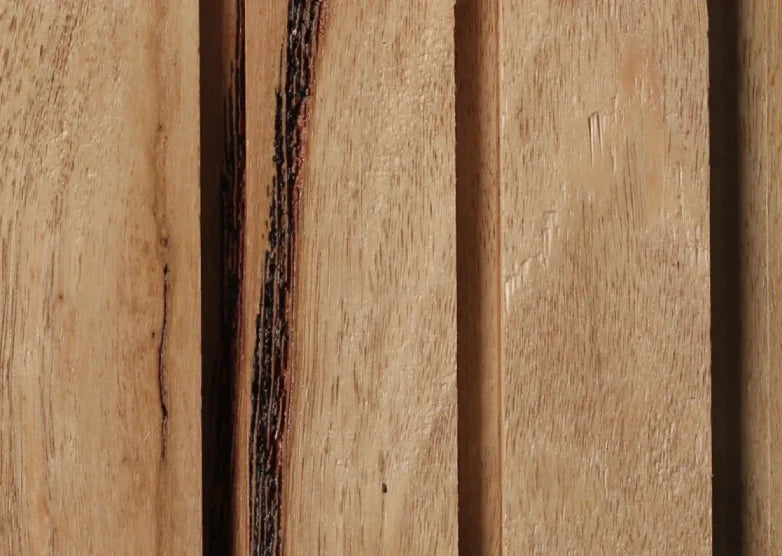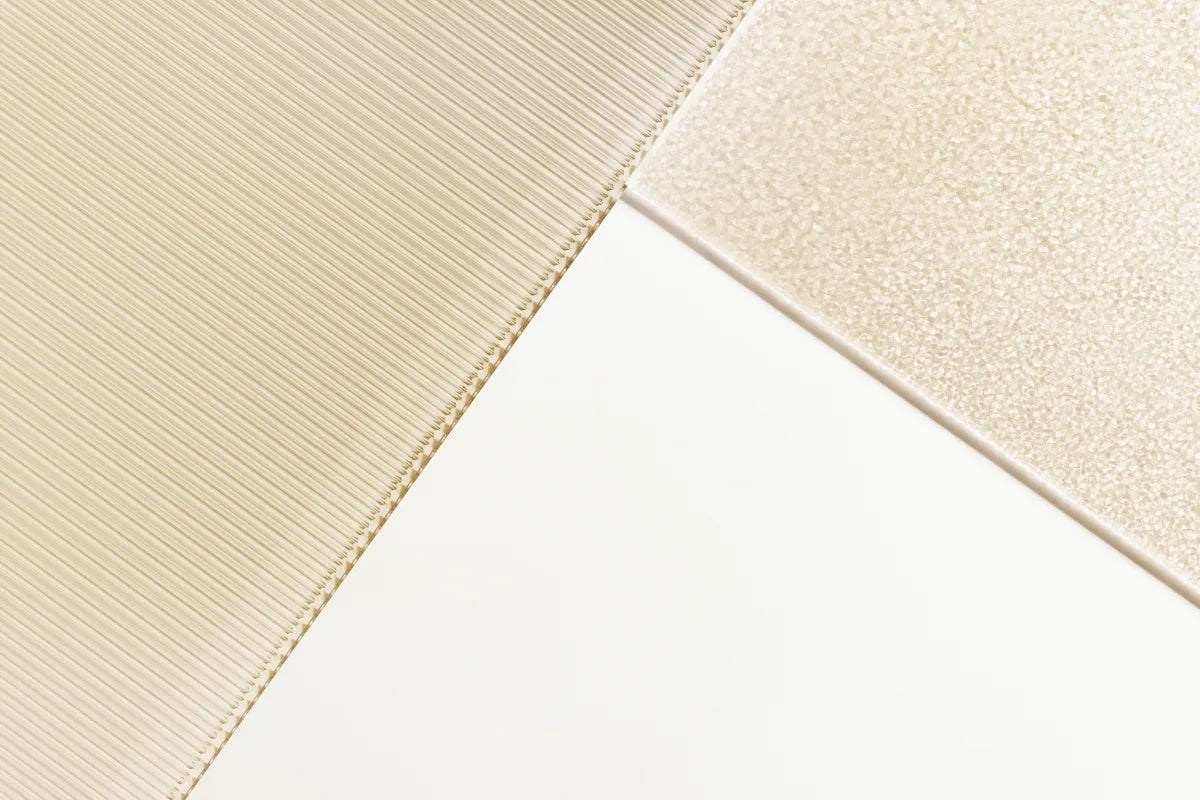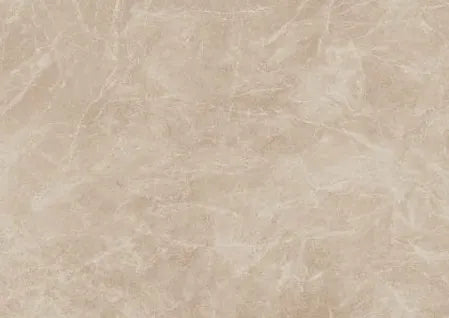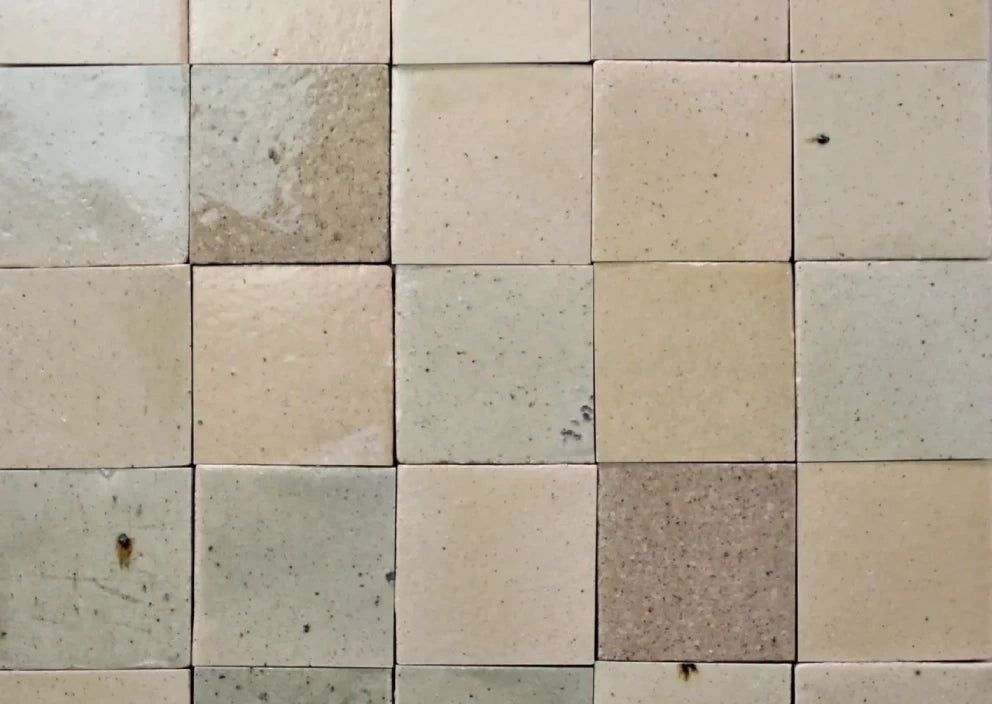Added to cart successfully!
QTY :
There are items
in your cart
Your shopping bag is empty
Go to the shopCarpet is a versatile flooring solution that enhances aesthetics, acoustics, and comfort. For architects and designers, selecting the right carpet involves durability, sustainability, and performance. Wool provides resilience and insulation, while nylon and solution-dyed fibres offer durability and stain resistance. Carpet reduces noise transmission, making it ideal for offices, hotels, and homes. Advanced tufting techniques create intricate designs, keeping carpet a stylish, functional choice for Australian architectural and interior projects. Find and order carpet samples for free at Simple Sample.

Our cladding sample collection includes stone cladding, timber cladding, interior cladding and exterior cladding, each offering a unique blend of visual charm and utility. Explore the range of craftsmanship brought to you by our range of cladding suppliers including Eco Timber, Stagwood, and Cosentino. Envision how these cladding options can enhance your indoor and outdoor spaces.Order free cladding samples now at our online material samples marketplace.

Explore a comprehensive range of glass samples including clear glass, fluted glass, tinted glass and frosted glass. Find application in windows, facades and partitions with samples sourced from top-tier industry suppliers, delivered express through our material samples marketplace.

Explore our premium collection of stone samples including marble stone samples, granite stone samples, limestone samples and more, sourced from trusted stone suppliers such as Cosentino, Prolific Stone, and RMS Traders. Find the perfect stone for your architectural and interior design projects with free stone samples from our extensive online building material samples marketplace.

Our curated tiles sample selection includes ceramic tiles, porcelain tiles, mosaic tiles, marble tiles, and glass tiles, each offering a unique blend of visual charm and practical utility. With a diverse range of colours, patterns, and textures, you can explore the range of craftsmanship and style brought to you by our range of top-tier suppliers. Our tile samples allow you to envision how these tiles will enhance your floors, walls, and backsplashes. From traditional elegance to modern minimalism, find the perfect tile for your project in our online material samples marketplace.
Our curated tiles sample selection includes ceramic tiles, porcelain tiles, mosaic tiles, marble tiles, and glass tiles, each offering a unique blend of visual charm and practical utility. With a diverse range of colours, patterns, and textures, you can explore the range of craftsmanship and style brought to you by our range of top-tier suppliers. Our tile samples allow you to envision how these tiles will enhance your floors, walls, and backsplashes. From traditional elegance to modern minimalism, find the perfect tile for your project in our online material samples marketplace.
Artform Tile Studio is a leading Melbourne supplier of premium tiles for bathrooms, kitchens, floors, walls, and outdoor spaces. Offering a diverse range of styles, materials, and finishes, Artform Tile Studio provides expert guidance to help transform residential and commercial interiors with high-quality, stylish, and durable tile solutions.
In a world increasingly aware of its environmental footprint, architects are taking on a vital role in shaping a sustainable future. The selection of environmentally friendly building materials is paramount to reduce the overall environmental impact of construction and promote eco-conscious designs. Here's a comprehensive guide on making sustainable choices when it comes to building materials.